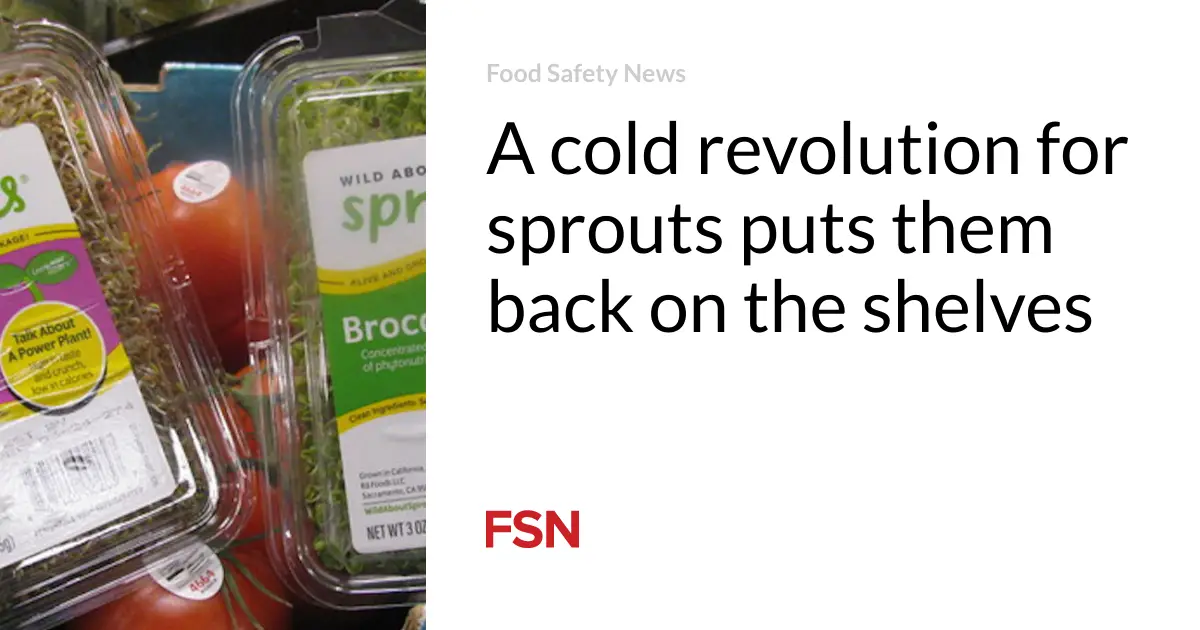
Two articles have been published giving an insight into official controls in France on Shiga toxin-producing E. coli (STEC) and Listeria contamination in food.
In the first report, monitoring plans aimed to establish the contamination rates of ground (minced) beef and raw milk cheeses by the STEC strains identified as the most risky in France.
Results from monitoring in 2021 and 2022 confirmed the contamination rates of ground beef were low and comparable to previous plans. In 2021, 579 tests were done at the distribution stage and 570 at the production stage in 2022.
Positive findings
Three beef samples were positive in 2021, with two being E. coli O157 and the other E. coli O26. Another three were positive in 2022. Two were E. coli O157, and the third was E. coli O45.
Contamination rates of raw milk cheeses in 2022 were slightly higher than those observed during previous plans but were still relatively low. In 2022, 476 analyses were conducted at the production stage.
Eight samples were positive, with six of these being E. coli O26. One sample each was positive for E. coli O157 and E. coli O103.
Data indicated that the risk of exposure by consuming these two types of foods remains limited. However, STEC strains that are highly pathogenic for people were isolated in some samples.
Official advice is that raw milk cheeses should not be given to or eaten by children younger than 5.
Scientists said it was important to implement measures to control and monitor the risk in these sectors. They added that raising consumer awareness about respecting the cooking and consumption conditions on product labels was also crucial.
Listeria analysis
Another article in the epidemiological bulletin, published by the French Agency for Food, Environmental and Occupational Health and Safety (ANSES) and the Directorate General for Food (DGAL), covered the results of official controls on Listeria monocytogenes in ready-to-eat (RTE) food from 2019 to 2021.
Since 2019, the National Reference Laboratory for Listeria monocytogenes has been analyzing strains isolated from official controls. Characterization of these strains contributes to a better understanding of them and the health risks linked to food.
Across six food categories, the 227 strains were divided into four serotypes and 83 clonal complexes (CC). As described in the literature, results show that CC121 and CC9 were mainly isolated. 36 genomic clusters were also identified, with 14 including strains isolated across several years, suggesting the persistence of Listeria strains or reintroduction.
Official Listeria surveillance included surveillance plans from DGAL and control plans from DGCCRF. This system changed in 2023. Under the past control plans, the National Reference Laboratory for Listeria received 81 strains in 2019, 57 in 2020, and 45 in 2021. As part of surveillance plans, the lab received seven strains in 2019, 19 in 2020, and 25 in 2021.
Overall, 21 clonal complexes were found in vegetable products, 18 in meat products, and 17 in fishery products. 54 strains were found in vegetable products, 69 in meat products, and 87 in fishery products.
Scientists said results underline the importance of interactions with the Listeria National Reference Center, which handles alerts and surveillance of listeriosis cases.
(To sign up for a free subscription to Food Safety News, click here.)







